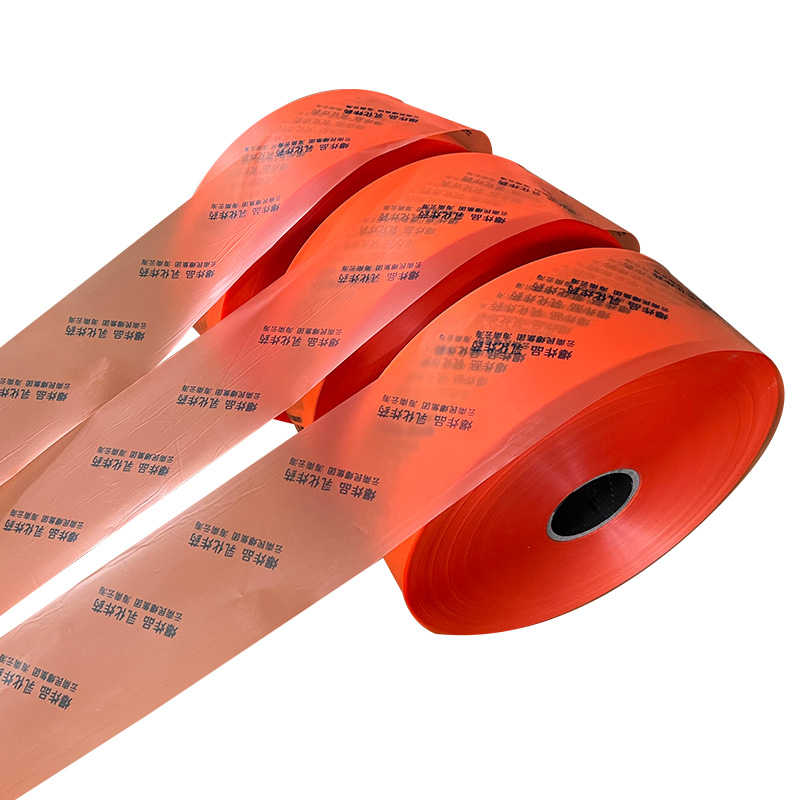Emulsion explosive composite plastic film is a specialized material used in the mining, construction, and demolition industries to enhance the safety, efficiency, and reliability of explosive charges. This innovative film encapsulates emulsion explosives, providing a robust barrier against environmental factors while ensuring controlled detonation. This article explores the composition, manufacturing process, applications, and safety benefits of emulsion explosive composite plastic film, while addressing its role in advancing sustainable and precision blasting practices.
1. The Science Behind Emulsion Explosive Composite Plastic Film
Emulsion explosives are water-in-oil mixtures consisting of an oxidizer (typically ammonium nitrate) dispersed in a fuel phase. The composite plastic film serves as a protective and functional layer, offering:
Barrier properties: Shields the explosive from moisture, temperature fluctuations, and physical damage.
Controlled detonation: Ensures consistent performance by maintaining the explosive’s chemical stability.
Flexibility: Adapts to various shapes and sizes, accommodating different blasting needs.
The film is typically made from multi-layered polymers, such as polyethylene (PE) or polypropylene (PP), combined with additives for enhanced strength, UV resistance, and anti-static properties.
2. Manufacturing Process: Precision Engineering for Safety
Producing emulsion explosive composite plastic film involves several critical steps:
Material selection: High-grade polymers and additives are chosen based on the intended application and environmental conditions.
Film extrusion: Polymers are melted and extruded into thin sheets, often with multiple layers for added durability.
Lamination: The film is laminated with adhesive layers to ensure strong bonding with the explosive material.
Quality control: Films undergo rigorous testing for tensile strength, puncture resistance, and chemical compatibility.
Advanced manufacturing techniques, such as co-extrusion and nano-coating, enhance the film’s performance and safety features.

3. Applications: Revolutionizing Blasting Operations
Emulsion explosive composite plastic film is widely used in:
Mining: Enhances safety and efficiency in rock fragmentation and ore extraction.
Construction: Facilitates controlled demolition of buildings, tunnels, and bridges.
Quarrying: Improves precision in stone extraction and reduces environmental impact.
Military and defense: Ensures reliable performance in specialized explosive applications.
4. Advantages Over Traditional Explosive Packaging
Enhanced safety: Reduces the risk of accidental detonation due to environmental exposure.
Improved performance: Maintains explosive sensitivity and energy output, even in harsh conditions.
Ease of use: Lightweight and flexible, simplifying transportation and deployment.
Environmental protection: Minimizes leakage of explosive materials, reducing soil and water contamination.
5. Sustainability and Environmental Considerations
While emulsion explosives and their packaging are essential for industrial progress, their environmental impact must be managed:
Biodegradable films: Research into bio-based polymers aims to reduce plastic waste.
Recycling programs: Initiatives to collect and recycle used films are gaining traction.
Eco-friendly explosives: Development of low-toxicity emulsion formulations minimizes environmental harm.
6. Innovations in Composite Plastic Film Technology
Smart films: Embedded sensors monitor temperature, humidity, and pressure, ensuring optimal storage conditions.
Self-healing materials: Polymers that repair minor damage, extending the film’s lifespan.
Nano-coatings: Enhance barrier properties and reduce material thickness without compromising strength.
7. Safety Standards and Regulatory Compliance
Emulsion explosive composite plastic films must meet stringent safety and performance standards, such as:
UN Recommendations on the Transport of Dangerous Goods: Ensures safe handling and transportation.
ISO 21873: Specifies requirements for construction machinery and materials.
ATEX directives: Governs explosive atmospheres in the European Union.
8. Future Trends: Precision and Sustainability
Digital integration: RFID tags and QR codes enable real-time tracking and inventory management.
Green explosives: Development of emulsion formulations with reduced carbon footprints.
Automated deployment: Robotics and AI-driven systems for precise and safe explosive placement.



 English
English 中文简体
中文简体














